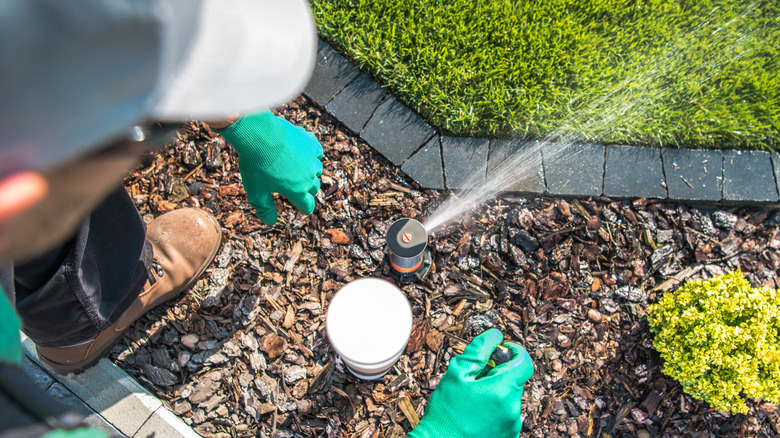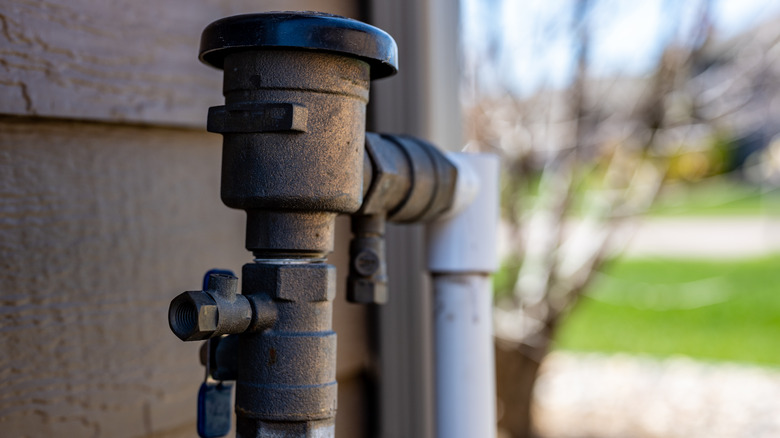Each spring, you may spend a fair few hours trying to get your sprinkler system set up and running properly for the warmer weather — sometimes having to overcome broken components or non-working pieces. However, you may be able to reduce some of this work and frustration by putting in a bit more attention during the fall months by winterizing the sprinkler system.
According to Rain Bird, a lack of winterization can often lead to the sprinkler system suffering significant damage from the weather. Although the level of damage is dependent on where you live, there are some steps that all property owners should take to keep their sprinklers in good condition through the winter. That includes following all manufacturer recommendations. The good news is it will not take you nearly as long to do the preventative maintenance as having to fuss with sprinkler heads in the spring. When you’re ready to stop watering your lawn this fall, follow these tips.
Drain the water out of the system

One of the biggest risks comes from allowing water to remain in the lines of your sprinkler system. As temperatures drop the water freezes and can break the lines due to expansion. According to an article by the Colorado State University Extension, the most important step is to expel all water from within the equipment to eliminate this risk. The article also recommends using pressurized air to do this instead of trusting the system’s automatic or manual drain values to be enough.
Choosing the right air pressure is essential, with ideal pressures being between 40 and 80 pounds per square inch (PSI) in most cases. This pressure helps ensure no water remains within the lines. When using an air compressor, the article also warns that it is important to use the correct amount of pressure, as too high a level can cause the sprinkler heads to blow off, often damaging them in the process.
Insulate to maintain valves

Another necessary step, according to Rain Bird, is to place insulation tape around the backflow preventers and all valves. These are above-ground fixtures that could sustain some damage during the colder months. You also want to ensure that all air vents and drain outlets on these systems are not blocked by the tape, as that can cause a buildup of pressure within them.
Turn the management system off as well, especially if you are using an automatic timer. That way, there’s no risk of additional water flowing through the system after you have drained it. The key to remember is that if you have a large system with multiple points, it may be best to turn to a local irrigation specialist for help with winterization and startup in the spring. A professional ensures the process is safe and there’s less risk of damage to the sprinkler, leading to costly repairs.



